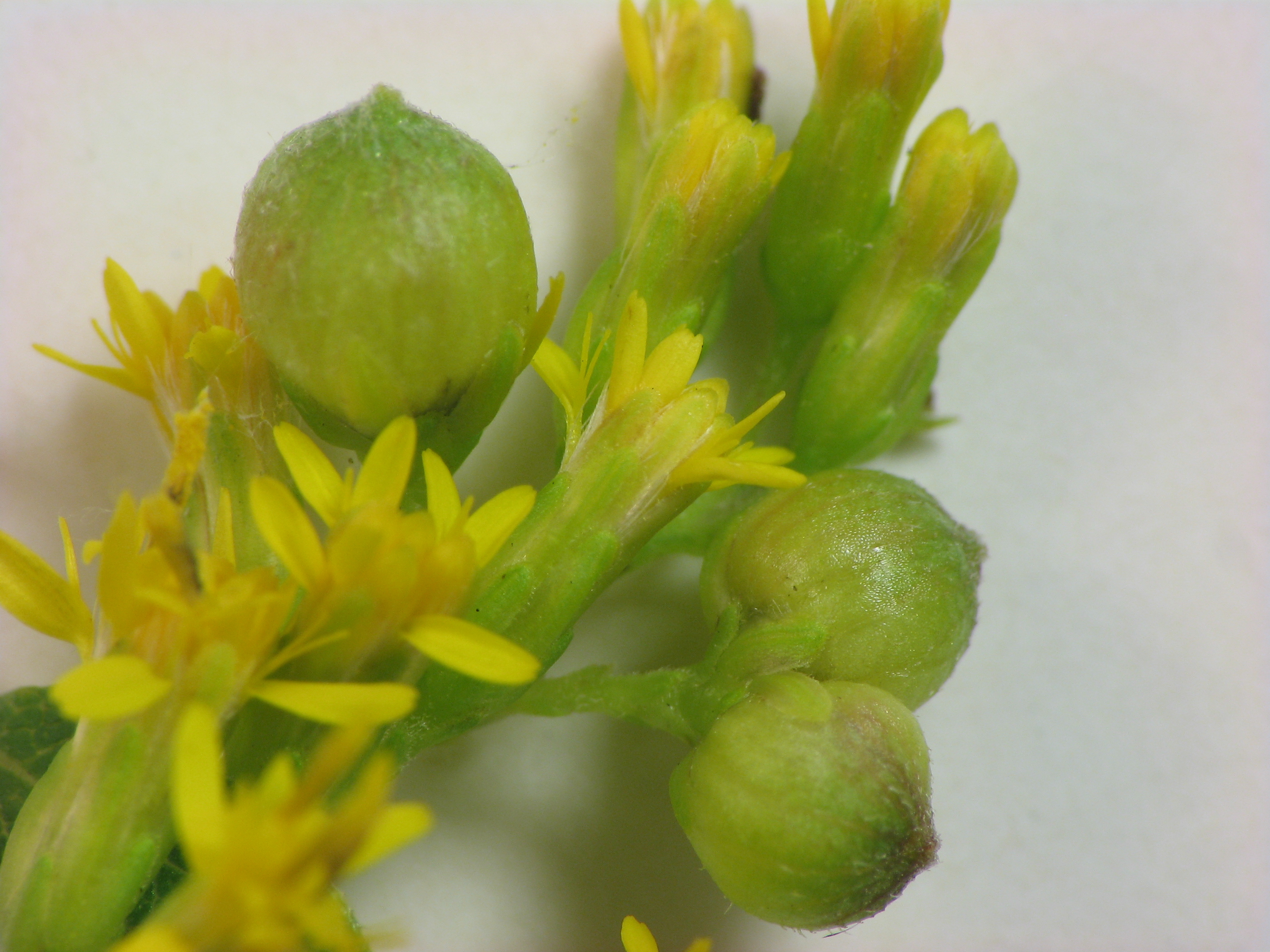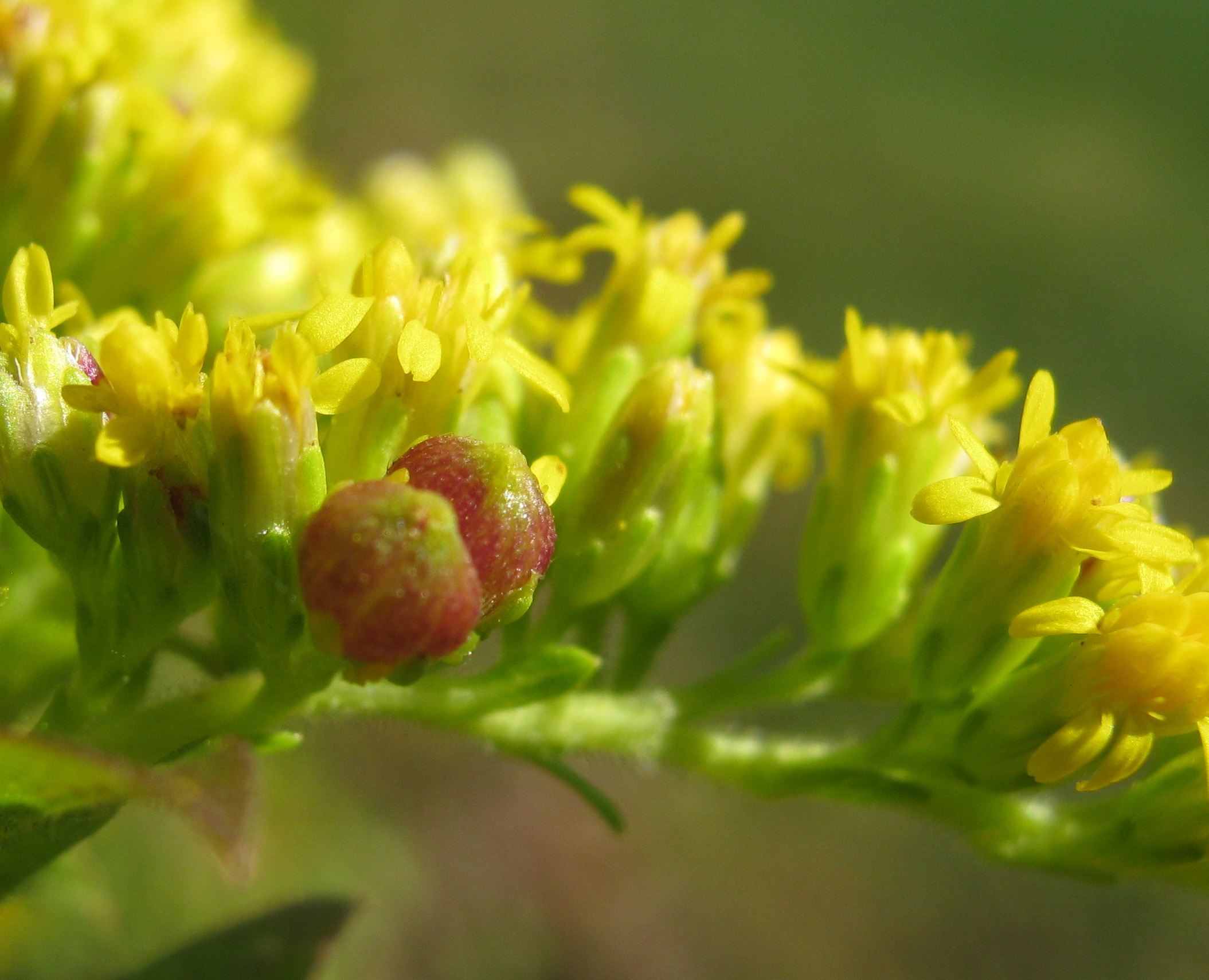|
Schizomyia Racemicola
''Schizomyia racemicola'' is a species of fly in the family Cecidomyiidae. This gall midge species induces gall Galls (from the Latin , 'oak-apple') or ''cecidia'' (from the Greek , anything gushing out) are a kind of swelling growth on the external tissues of plants, fungi, or animals. Plant galls are abnormal outgrowths of plant tissues, similar to be ...s on goldenrods in eastern North America. It was first described by Carl Robert Osten-Sacken in 1862. References Cecidomyiinae Articles created by Qbugbot Insects described in 1862 Taxa named by Carl Robert Osten-Sacken Diptera of North America Gall-inducing insects {{Bibionomorpha-stub ... [...More Info...] [...Related Items...] OR: [Wikipedia] [Google] [Baidu] |
Carl Robert Osten-Sacken
Carl Robert Osten-Sacken or Carl-Robert Romanovich, Baron von der Osten-Sacken, Baron Osten Sacken (21 August 1828, – 20 May 1906) was a Russian diplomat and entomologist. He served as the Russian consul general in New York City during the American Civil War, living in the United States from 1856 to 1877. He worked on the taxonomy of flies in general and particularly of the family Tipulidae (crane flies). Early life Carl Robert Osten-Sacken was born on 21 August 1828 in St. Petersburg as the son of Baltic German Baron Reinhold Friedrich von der Osten-Sacken (1791-1864) and his wife, Elisabeth von Engelhardt (1805-1873). Biography He took an interest in insects at the age of eleven through the influence of Joseph N. Schatiloff, a Russian coleopterist. In 1849 he joined the Imperial Foreign Office and while still in Russia he published his first entomological papers, including an account of the species found in the suburbs of St. Petersburg. In 1856, he was sent to Was ... [...More Info...] [...Related Items...] OR: [Wikipedia] [Google] [Baidu] |
Schizomyia Racemicola Galls Detail
''Schizomyia'' is a genus of gall midges. It has a cosmopolitan distribution. This genus is in the tribe Schizomyiina of the tribe Asphondyliini of the family Cecidomyiinae. Species These 50 species belong to the genus ''Schizomyia'': * ''Schizomyia acaciae'' Mani, 1934 * ''Schizomyia acalyphae'' Felt, 1918 * ''Schizomyia altifila'' (Felt, 1907) * ''Schizomyia assamensis'' Felt, 1920 * ''Schizomyia botellus'' Dorchin & Freidberg * '' Schizomyia caryaecola'' Felt, 1908 * '' Schizomyia cheriani'' Mani, 1936 * ''Schizomyia cissusaeflorae'' Mani, 1986 * ''Schizomyia clerodendri'' Mani, 1986 * ''Schizomyia cocculi'' Mani, 1954 * ''Schizomyia cryptostegiae'' Gagne, 1997 * ''Schizomyia diplodisci'' Felt, 1918 * ''Schizomyia ericae'' Rubsaamen, 1915 * ''Schizomyia eupatoriflorae'' (Beutenmuller, 1907) * ''Schizomyia galiorum'' Kieffer, 1889 — Europe, Algeria, Kazakhstan. Hosts: '' Galium'' spp. * ''Schizomyia impatientis'' (Osten Sacken, 1862) * ''Schizomyia incerta'' Kieffer, 1909 ... [...More Info...] [...Related Items...] OR: [Wikipedia] [Google] [Baidu] |
Cecidomyiidae
Cecidomyiidae is a family of flies known as gall midges or gall gnats. As the name implies, the larvae of most gall midges feed within plant tissue, creating abnormal plant growths called galls. Cecidomyiidae are very fragile small insects usually only in length; many are less than long. They are characterised by hairy wings, unusual in the order Diptera, and have long antennae. Some Cecidomyiids are also known for the strange phenomenon of paedogenesis in which the larval stage reproduces without maturing first. In some species, the daughter larvae consume the mother, while in others, reproduction occurs later on in the egg or pupa. More than 6,650 species and 830 genera are described worldwide, though this is certainly an underestimate of the actual diversity of this family. A DNA barcoding study published in 2016 estimated the fauna of Canada alone to be in excess of 16,000 species, hinting at a staggering global count of over 1 million cecidomyiid species that have yet ... [...More Info...] [...Related Items...] OR: [Wikipedia] [Google] [Baidu] |
Gall
Galls (from the Latin , 'oak-apple') or ''cecidia'' (from the Greek , anything gushing out) are a kind of swelling growth on the external tissues of plants, fungi, or animals. Plant galls are abnormal outgrowths of plant tissues, similar to benign tumors or warts in animals. They can be caused by various parasites, from viruses, fungi and bacteria, to other plants, insects and mites. Plant galls are often highly organized structures so that the cause of the gall can often be determined without the actual agent being identified. This applies particularly to some insect and mite plant galls. The study of plant galls is known as cecidology. In human pathology, a gall is a raised sore on the skin, usually caused by chafing or rubbing. Causes of plant galls Insects and mites Insect galls are the highly distinctive plant structures formed by some herbivorous insects as their own microhabitats. They are plant tissue which is controlled by the insect. Galls act as both the habitat a ... [...More Info...] [...Related Items...] OR: [Wikipedia] [Google] [Baidu] |
Solidago
''Solidago'', commonly called goldenrods, is a genus of about 100 to 120''Solidago''. Flora of China. species of s in the family . Most are herbaceous species found in open areas such as meadows, prairies, and savannas. They are mostly native to , including Mexico; a few species are native to South A ... [...More Info...] [...Related Items...] OR: [Wikipedia] [Google] [Baidu] |
Cecidomyiinae
The Cecidomyiinae are a subfamily of flies often called gall midges or gall gnats. This subfamily is best known for its members that induce galls on plants, but there are also many species that are fungivorous, parasitoids, or predacious as maggots. Systematics Cecidomyiinae - supertribes, tribes, and genera: *Supertribe Asphondyliidi **Tribe Asphondyliini ***''Asphondylia'' Loew, 1850 **Tribe Kiefferiini ***'' Kiefferia'' Mik, 1895 **Tribe Polystephini ***''Polystepha'' Kieffer, 1897 **Tribe Schizomyiini ***'' Placochela'' Rübsaamen, 1916 ***''Schizomyia'' Kieffer, 1889 *Supertribe Cecidomyiidi **Tribe Anadiplosini **Tribe Aphidoletini **Tribe Cecidomyiini ***'' Acodiplosis'' Kieffer, 1895 ***'' Ametrodiplosis'' Rübsaamen, 1910 ***''Anabremia'' Kieffer, 1912 ***'' Anisostephus'' Rübsaamen, 1917 ***'' Antichiridium'' Rübsaamen, 1911 ***'' Aphidoletes'' Kieffer, 1904 ***'' Arthrocnodax'' Rübsaamen, 1895 ***'' Atrichosema'' Kieffer, 1904 ***'' Blastodiplosis ... [...More Info...] [...Related Items...] OR: [Wikipedia] [Google] [Baidu] |
Articles Created By Qbugbot
Article often refers to: * Article (grammar), a grammatical element used to indicate definiteness or indefiniteness * Article (publishing), a piece of nonfictional prose that is an independent part of a publication Article may also refer to: Government and law * Article (European Union), articles of treaties of the European Union * Articles of association, the regulations governing a company, used in India, the UK and other countries * Articles of clerkship, the contract accepted to become an articled clerk * Articles of Confederation, the predecessor to the current United States Constitution *Article of Impeachment, a formal document and charge used for impeachment in the United States * Articles of incorporation, for corporations, U.S. equivalent of articles of association * Articles of organization, for limited liability organizations, a U.S. equivalent of articles of association Other uses * Article, an HTML element, delimited by the tags and * Article of clothing, an i ... [...More Info...] [...Related Items...] OR: [Wikipedia] [Google] [Baidu] |
Insects Described In 1862
Insects (from Latin ') are pancrustacean Hexapoda, hexapod invertebrates of the class (biology), class Insecta. They are the largest group within the arthropod phylum. Insects have a chitinous exoskeleton, a three-part body (head, Thorax (insect anatomy), thorax and abdomen (insect anatomy), abdomen), three pairs of jointed Arthropod leg, legs, compound eyes and one pair of antenna (biology), antennae. Their blood is not totally contained in vessels; some circulates in an open cavity known as the haemocoel. Insects are the most diverse group of animals; they include more than a million described species and represent more than half of all known living organisms. The total number of Extant taxon, extant species is estimated at between six and ten million; In: potentially over 90% of the animal life forms on Earth are insects. Insects may be found in nearly all Natural environment, environments, although only a small number of species reside in the oceans, which are dominated by ... [...More Info...] [...Related Items...] OR: [Wikipedia] [Google] [Baidu] |
Taxa Named By Carl Robert Osten-Sacken
In biology, a taxon (back-formation from ''taxonomy''; plural taxa) is a group of one or more populations of an organism or organisms seen by taxonomists to form a unit. Although neither is required, a taxon is usually known by a particular name and given a particular ranking, especially if and when it is accepted or becomes established. It is very common, however, for taxonomists to remain at odds over what belongs to a taxon and the criteria used for inclusion. If a taxon is given a formal scientific name, its use is then governed by one of the nomenclature codes specifying which scientific name is correct for a particular grouping. Initial attempts at classifying and ordering organisms (plants and animals) were set forth in Carl Linnaeus's system in '' Systema Naturae'', 10th edition (1758), as well as an unpublished work by Bernard and Antoine Laurent de Jussieu. The idea of a unit-based system of biological classification was first made widely available in 1805 in the i ... [...More Info...] [...Related Items...] OR: [Wikipedia] [Google] [Baidu] |
Diptera Of North America
Flies are insects of the order Diptera, the name being derived from the Greek δι- ''di-'' "two", and πτερόν ''pteron'' "wing". Insects of this order use only a single pair of wings to fly, the hindwings having evolved into advanced mechanosensory organs known as halteres, which act as high-speed sensors of rotational movement and allow dipterans to perform advanced aerobatics. Diptera is a large order containing an estimated 1,000,000 species including horse-flies, crane flies, hoverflies and others, although only about 125,000 species have been described. Flies have a mobile head, with a pair of large compound eyes, and mouthparts designed for piercing and sucking (mosquitoes, black flies and robber flies), or for lapping and sucking in the other groups. Their wing arrangement gives them great maneuverability in flight, and claws and pads on their feet enable them to cling to smooth surfaces. Flies undergo complete metamorphosis; the eggs are often laid on the la ... [...More Info...] [...Related Items...] OR: [Wikipedia] [Google] [Baidu] |








_(10144905255).jpg)